Aircraft carrier HMS Queen Elizabeth is currently on trials before deployment, part of that involves conducting exercises with all types of carrier-capable aircraft.
🦾 The return of Hellfire 🦾
To stay capable of re-rolling to any seaborne mission we have to remain current with all 🇬🇧 carrier capable aircraft.
This time, the return of my favourite, the @BritishArmy AH-64 Apache 🟩
Capable and and very intimidating💥 pic.twitter.com/GAWDpNzV1r
— HMS Queen Elizabeth (@HMSQNLZ) March 7, 2021
What’s next for HMS Queen Elizabeth?
The Ministry of Defence say that HMS Queen Elizabeth’s Carrier Strike Group’s capabilities will be on show during Exercise ‘Strike Warrior’, which will take place off the coast of Scotland in May.
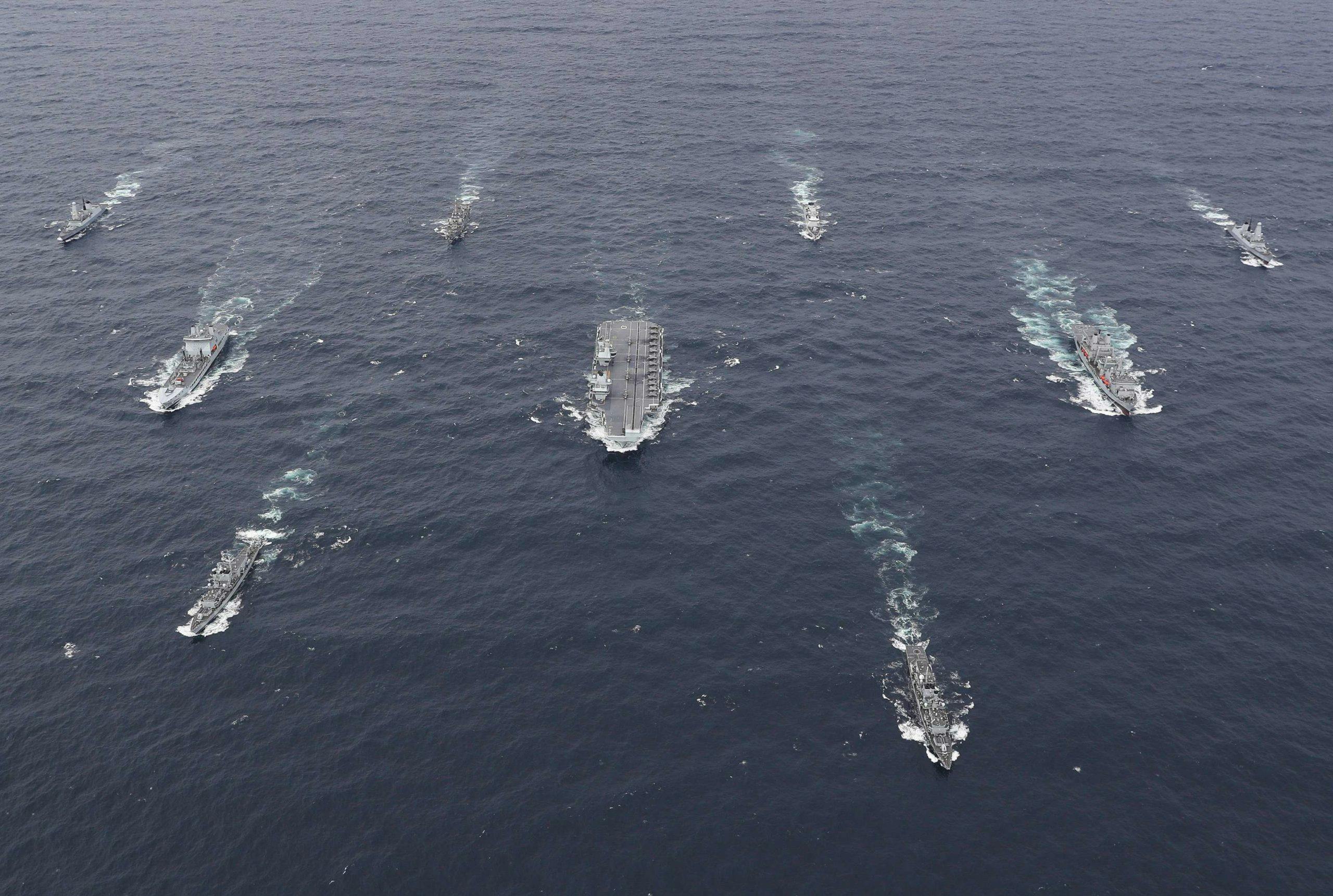
The UK-led war-fighting exercise, including several other NATO navies, will be the final test for the Carrier Strike Group before it undertakes its maiden deployment.

The Ministry of Defence say that the deployment is expected to include two Type 45 Destroyers, two Type 23 Frigates, two Royal Fleet Auxiliary logistics vessels and a submarine in addition to an American destroyer and potentially other allied vessels.
“The task of protecting an aircraft carrier involves many ships, submarines and people. A Carrier Strike Group has an escort in the form of Type 23 Frigates and Type 45 destroyers, giving the strike group the ability to defend against above and below the sea threats. The Royal Fleet Auxiliary also play a vital role, keeping the strike group replenished with food and armament. The Queen Elizabeth-class carriers will be deployed with up to two operational Lightning squadrons and 24 F-35Bs on board, with a maximum capacity allowing for up to 36.”
You can read more about the specifics of the Carrier Strike Group here.
Commodore Steve Moorhouse, Commander UK Carrier Strike Group, said:
“The new UK Carrier Strike Group is the embodiment of British maritime power, and sits at the heart of a modernised and emboldened Royal Navy. Protected by a ring of advanced destroyers, frigates, helicopters and submarines, and equipped with fifth generation fighters, HMS Queen Elizabeth is able to strike from the sea at a time and place of our choosing; and with our NATO allies at our side, we will be ready to fight and win in the most demanding circumstances. Carrier Strike offers Britain choice and flexibility on the global stage; it reassures our friends and allies and presents a powerful deterrent to would-be adversaries.”
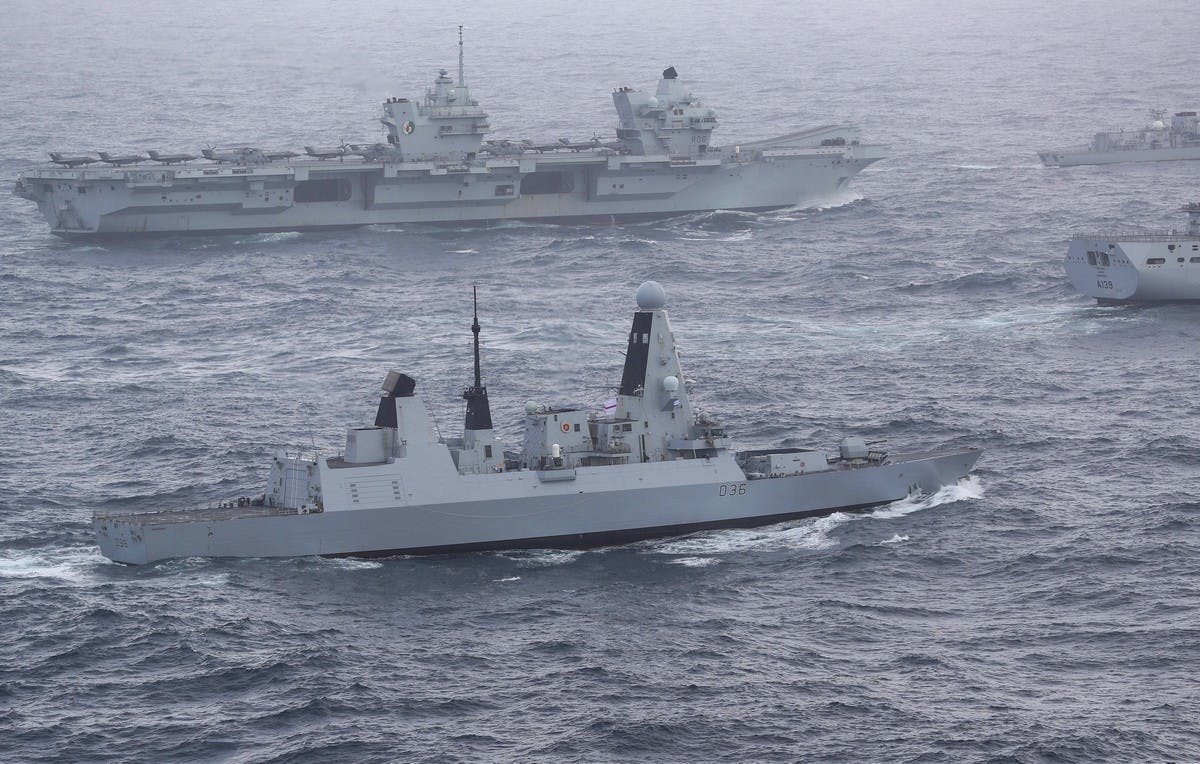
After the work-up trial off the west Hebrides range, HMS Queen Elizabeth and her Carrier Strike Group will head to the Pacific.


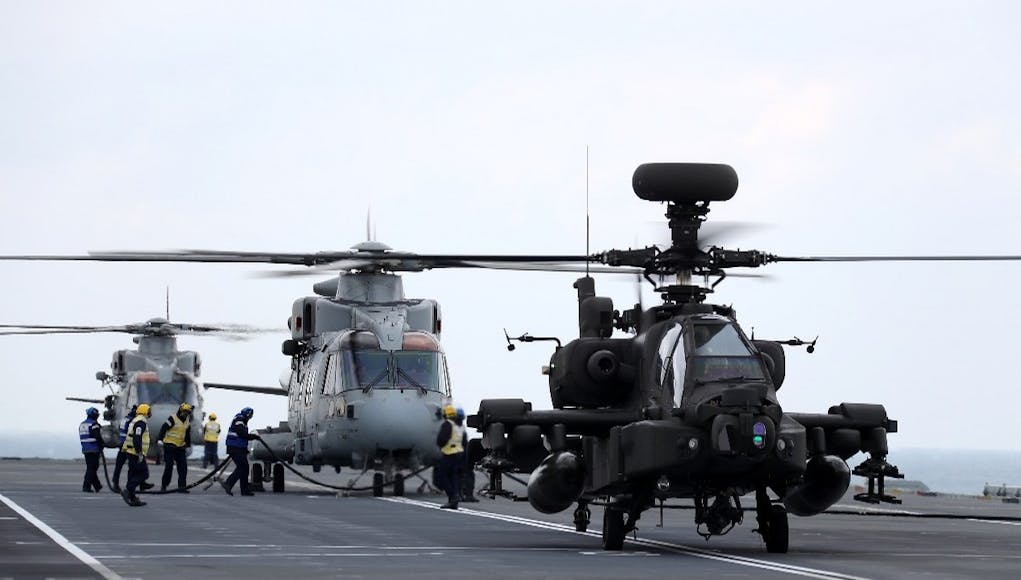

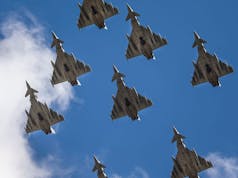
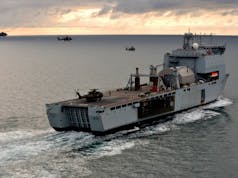
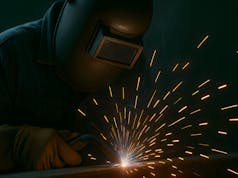

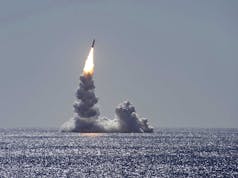

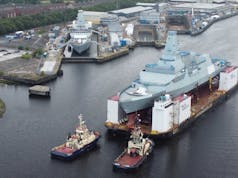



Wouldn’t the carrier have to get very close to the shore to operate ‘amphibious’ helicopters successfully? I know it wouldn’t happen unless the environment was deemed ‘sufficiently’ permissive, but I remain sceptical about the entire concept of utilising a CVA as a LPH.
Useful for surface defence in and around the carrier-group but yeah I can’t imagine QE getting close enough to shore for them to operate against ground targets. How close was Ocean in 2011 against Libya – 100 miles or so?
Land helos ashore. Set up a FOB . You can then just ferry supplies in as required.
I’m waiting to see how T32 turns out. Might be something like the Italian San Georgio class…sort of Lidl LHD
Or use something more basic as a lily pad closer to shore and have the deep maintenance on QEC?
The Albions, Bays and just about every RFA are capable of being the lily pad. Maybe even HMS Max Hastings could be used……..
Do have yo go close inshore, though – Think Duqm, Oman and proximity of Iran for one instance, let alone entering the Gulf proper. The US carriers get hassled, we cannot say we’d never face the scenario. Furthermore, whjther our overall rotorcraft assets post Review? There’s even talk of threat to the Wildcats just as it looks like a weapon system to be proud of in that arena.
There’s been alot of work on the wildcat new weapons system sad if it gets the chop.Most say a lot of bad news on ukdj tonight.
I thought I read somewhere that the US used the Apaches to take out VLF radar before deploying the B-2 and other stealth aircraft that could be detected at that wavelength. So it would seem a detachment of Apaches on the carrier would make a useful offensive first strike if equipped with fuel tanks.
A couple of apaches onboard should be standard practice to me on any deployment.
Rotate the crews out to spread the experience of work at sea.
They would make easy work of any swarm of fast attack boats.
That’s probably one of the reasons that the Apache is on board for, the hellfire and the 30mm gun in particular are perfect for hunting threats like this down. What the Apache needs is a long range version of the Hellfire, if it currently exists, this would be handy as the AH-64 would then become a more potent adversary.
Are all the new Apache going to be marinized to cope with sea conditions?
We will have too few I think for a regular deployment but nothing wrong with familiarisation should they need to use QEC.
I’d rather them be on a LSS or LPH where they belong.
YES, notice the pods on the top wing stubs, these are the buoyancy aids to keep Apache afloat if ditched. they already have anti-corrosive paint, and drain holes fitted. as the USMC worked thru Apache many moons ago.
Thanks.